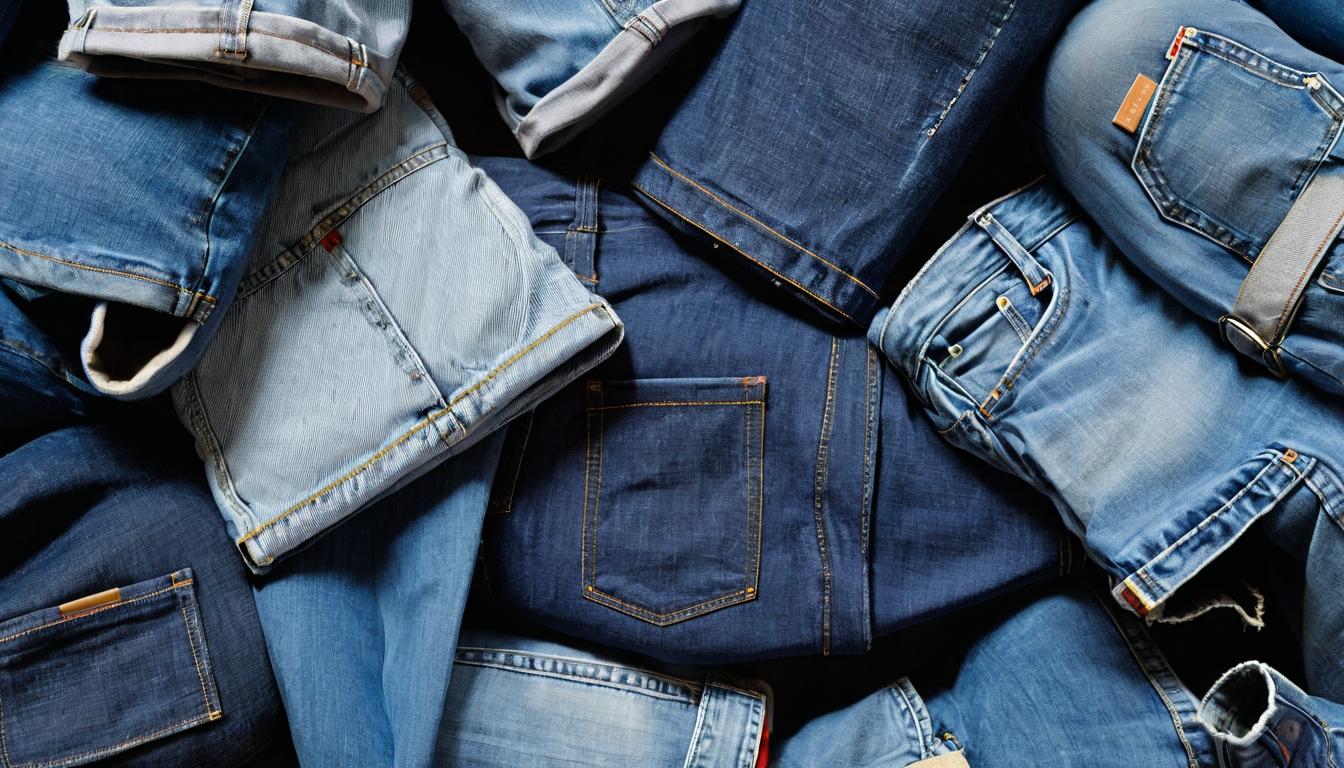Walk into any contemporary denim workshop today and you'll find vats of indigo dye that don't poison local waterways. You'll see lasers etching whiskers and wear patterns instead of toxic chemicals. The familiar rhythm of sandblasting guns has been replaced by the gentle hum of ozone washing machines. This isn't some niche environmental project—it's happening at scale, from premium brands to fast fashion retailers who've finally recognized that sustainability sells.
The numbers tell a startling story. The average pair of jeans consumes nearly 3,000 liters of water in its production—enough drinking water for one person for nearly four years. But new technologies are slashing that figure by up to 90%. Companies like Levi's have introduced Water
What makes this revolution particularly compelling is that it's driven by consumer demand rather than regulation. A recent study showed that 67% of fashion shoppers now consider environmental impact when making purchases, up from just 35% five years ago. This isn't just virtue signaling—it's changing balance sheets. Brands that embraced sustainability early are seeing growth rates double their conventional competitors.
The innovation extends beyond production to the very fibers themselves. Recycled cotton from post-consumer waste now blends with organic varieties, while hemp—once associated with rough, hippie textiles—has been refined into denim as soft as any premium cotton. Some companies are even experimenting with fibers made from agricultural waste like pineapple leaves and mushroom roots.
But the real game-changer might be in the business models themselves. Rental services for premium denim have exploded, with companies like HURR and By Rotation reporting 300% growth year-over-year. Repair and customization services, once the domain of vintage stores, are now offered by major brands wanting to extend garment lifecycles. It's creating what industry insiders call 'the circular denim economy'—where jeans might be worn by a dozen people over a decade rather than languishing in landfills after six months.
Of course, challenges remain. Greenwashing runs rampant, with vague terms like 'eco-friendly' and 'conscious' slapped on products with minimal verification. The Higg Index, intended to standardize sustainability measurements, has faced criticism for being too lenient on major polluters. And the fundamental tension between sustainability and constant consumption remains unresolved—can we really shop our way to a better planet?
Yet walking through these transformed factories, watching artisans work with materials that don't harm them or their environment, there's a palpable sense of change. The fashion industry has long been one of the world's worst polluters—second only to oil by some measures. But in the humble jeans workshop, you can see the blueprint for something different. Not a perfect solution, but a honest attempt to reconcile our desire for self-expression with our responsibility to the planet we share.
The next time you slip into your favorite pair of jeans, consider this: that garment represents one of the most significant material transformations of our time. It's not just fashion—it's the future being woven, one thread at a time.

